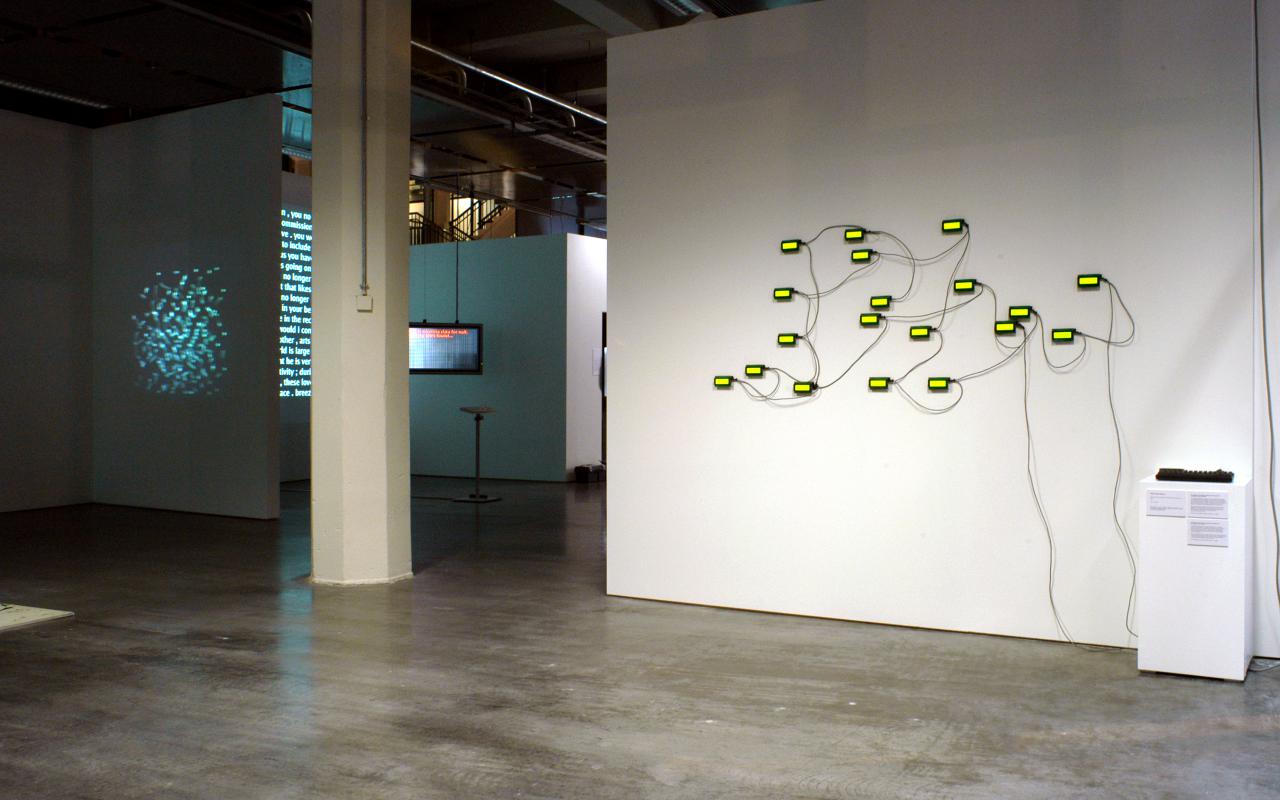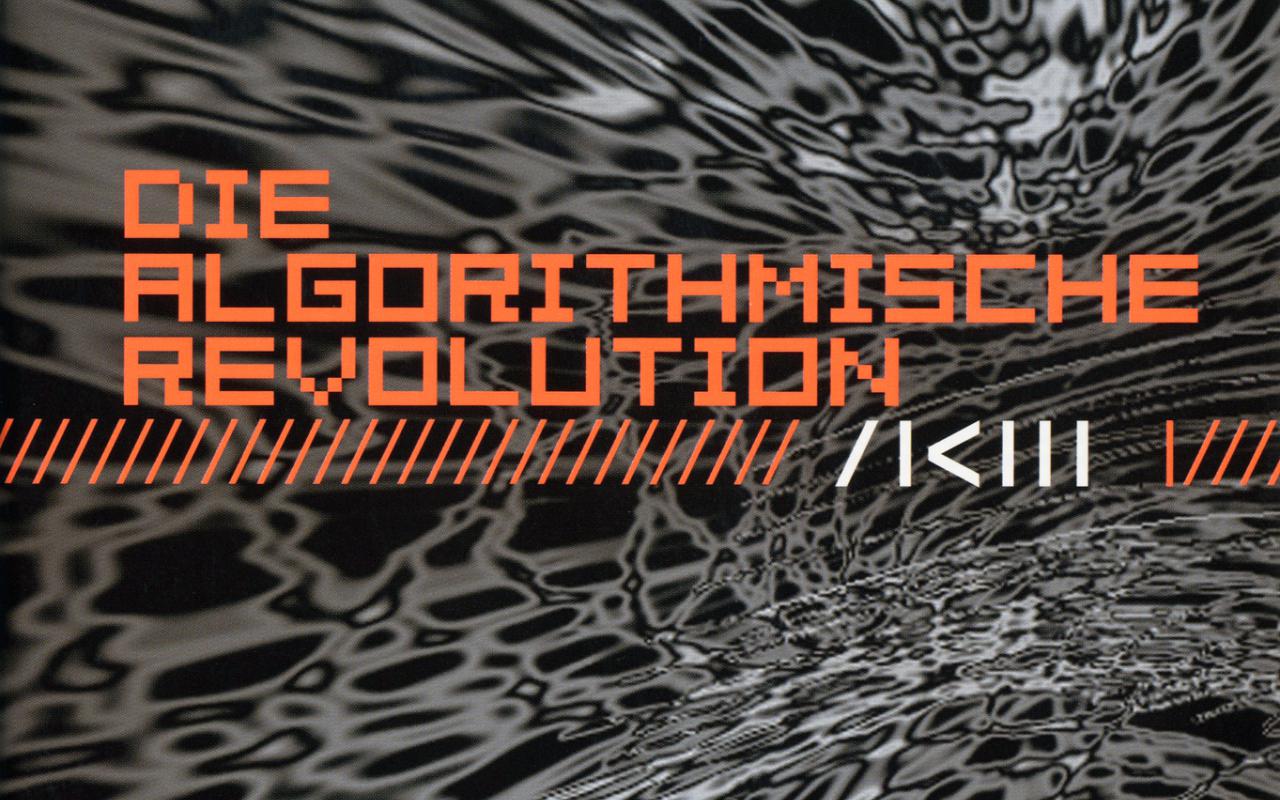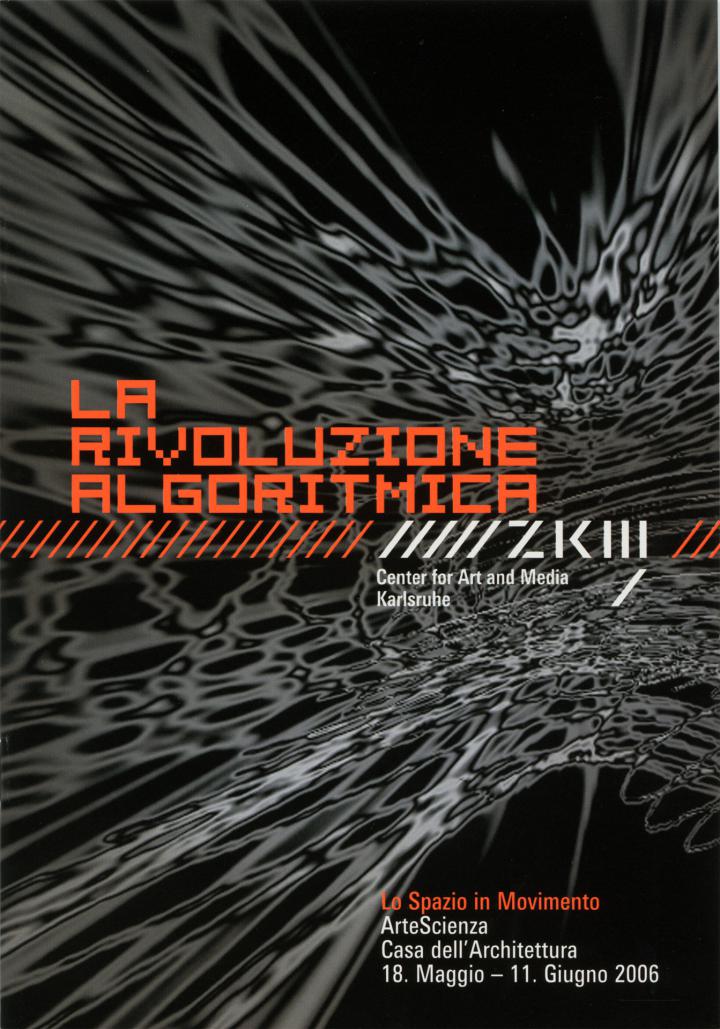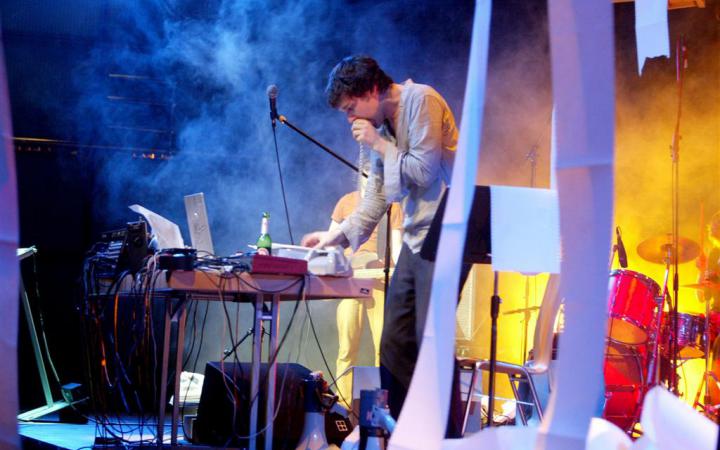
A revolution normally lies ahead of us and is heralded with sound and fury. »The Algorithmic Revolution« lies behind us and nobody noticed it. That has made it all the more effective – there is no longer any area of social life that has not been touched by algorithms.
Over the past 50 years, algorithmic decision-making processes have come very much to the fore as a result of the universal use of computers in all fields of cultural literacy – from architecture to music, from literature to the fine arts and from transport to management.
»The Algorithmic Revolution« continues the sequencing technology that began with the development of the alphabet and has reached its temporary conclusion with the human genome project. No matter how imperceptible they may be, the changes this revolution has wrought are immense. The revolution might almost be equated with an anthropological turning point, because – a further narcissistic insult [Copernicus, Darwin, Freud] – it wrests the initiative from nature and mankind and replaces it with an automatable inherent law of action. The illusion of sovereign action on the part of the individual and the romantic notion of anthropomorphic decidability are tempered as a result.
An algorithm is essentially an instruction consisting of a finite number of rules designed to solve a specific problem. The most familiar use of algorithms is in computer programming. However, algorithms have long played a crucial role elsewhere, too, as creative instruments in music and the fine arts, for instance. Renaissance art books, such as Piero della Francesca’s »De prospectiva pingendi« [c. 1474] and Albrecht Dürer’s illustrated book »Instructions on Measurement« [1525], were nothing other than instructions on how to produce paintings, sculptures and architecture. In modern art, in fluxus, happening and performance, the object of the painting or sculpture has been replaced by instructions. These instructions for the user of an object or for the observer of a picture have ultimately led to the explicit integration of the recipient into the work of art. The observer has become a user and therefore has a major share in the design of the artwork. It is with this function - and not only with the advent of the technical interface - that the history of interactive art begins. For that reason essential but hitherto forgotten works of op art, kinetics, arte programmata, etc. are incorporated in the discussion for the first time and put on display to illustrate the origins of interactive art. This long-prepared aesthetic turn towards a culture of reception has been greatly reinforced in music and the fine arts and, above all, in architecture, by the use of computers, because the design of calculable pictures and calculable music depends on decision-making processes involving the observer / performer or the computer. Architectural design has also moved on from manual activity and surrendered key decision-making processes in spatial design to the algorithmic processes supplied by the industrial software of 3D programmes. The very early stages of computer graphics and animation, which were the starting point for these 3D programmes, are also on display for the first time. Software art, representing the triumph of algorithmic art and the up-to-date practice of media art, has a presentation area of its own; the same applies to algorithmic net art and the latest explorations into algorithmic literature and acousmatic music.
The exhibition draws on the ZKM Collection and selected loans in presenting an historical outline of this radical change in the fine arts, music, design and architecture.
An exhibition within the exhibition presents »Maciunas’ Learning Machines« curated by Astrit Schmidt-Burkhardt.
- Website
- http://www01.zkm.de/algorithmische-revolution
- Credits
- Peter Weibel (Curator)
- Dominika Szope (Co-Curator)
- Margit Rosen (Co-Curator)
- Sabine Himmelsbach (Co-Curator)
- Exhibitions team
Martin Häberle (technical project management)
Dominika Szope (project management)- Organization / Institution
- ZKM | Medienmuseum
- Sponsors
Landesbank Baden_Württemberg ; DaimlerChrysler ; GFT ; Johannes und Mindy Mann;Conitec Datensysteme ; Vivendi Universal Games ; EA Games ; cdv Software Entertainment ; ATARI
Accompanying program
-
- Thu, May 18, 2006
- Algorithmic Revolution
-
Casa dell’Architettura ; Museo Acquario Romano
-
- Thu, September 22, 20057 pm
- Alexandre Gherban: La forme programmée transitoire observable
-
Lecture
Vortragssaal
-
- Fri, December 17, 20048 pm
- A Performance Concert by David Link, Jamie Lidell, Volker Kamp, Saskia von Klitzing and FM Einheit
-
Concert
Medientheater
-
- Sat, October 30, 20047 pm
- The Algorithmic Revolution
-
Opening
Foyer
-
- Sat, October 30, 2004
- inVISIBLE. Algorithms as interfaces
-
Symposium
Medientheater
Key topics
Audio
-
Peter Weibel: Die Algorithmische Revolution
Press conference - 30.10.2004 - 22:32



